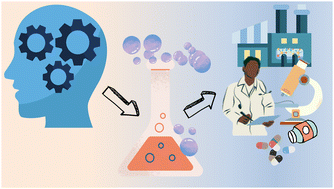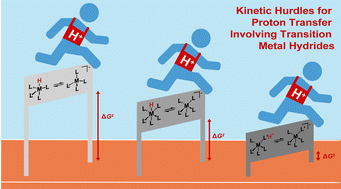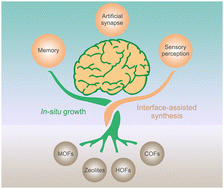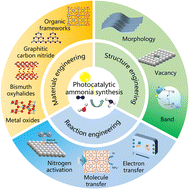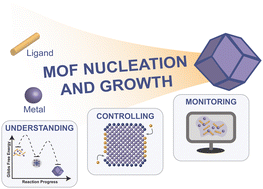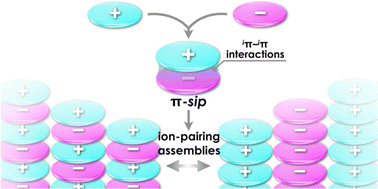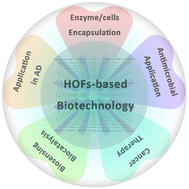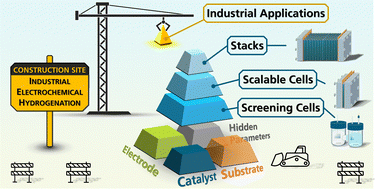Chem. Soc. Rev., 2023, Advance Article
DOI: 10.1039/D3CS00480E, Tutorial Review
DOI: 10.1039/D3CS00480E, Tutorial Review
 Open Access
Open Access This article is licensed under a Creative Commons Attribution 3.0 Unported Licence.
This article is licensed under a Creative Commons Attribution 3.0 Unported Licence.Thomas Allam, Dominick E. Balderston, Mandeep K. Chahal, Kira L. F. Hilton, Charlotte K. Hind, Olivia B. Keers, Rebecca J. Lilley, Chandni Manwani, Alix Overton, Precious I. A. Popoola, Lisa R. Thompson, Lisa J. White, Jennifer R. Hiscock
We present key methodologies, illustrated with key case studies, to enable the study of supramolecular amphiphiles and support technology translation.
To cite this article before page numbers are assigned, use the DOI form of citation above.
The content of this RSS Feed (c) The Royal Society of Chemistry
We present key methodologies, illustrated with key case studies, to enable the study of supramolecular amphiphiles and support technology translation.
To cite this article before page numbers are assigned, use the DOI form of citation above.
The content of this RSS Feed (c) The Royal Society of Chemistry

